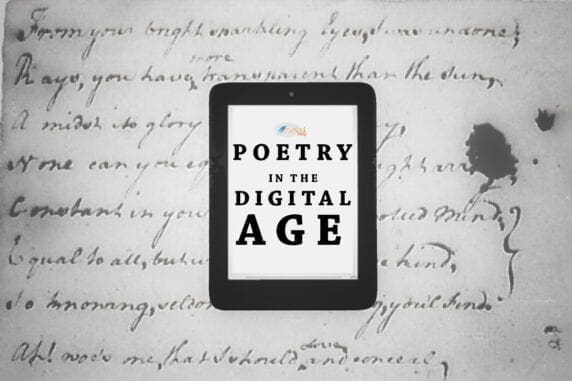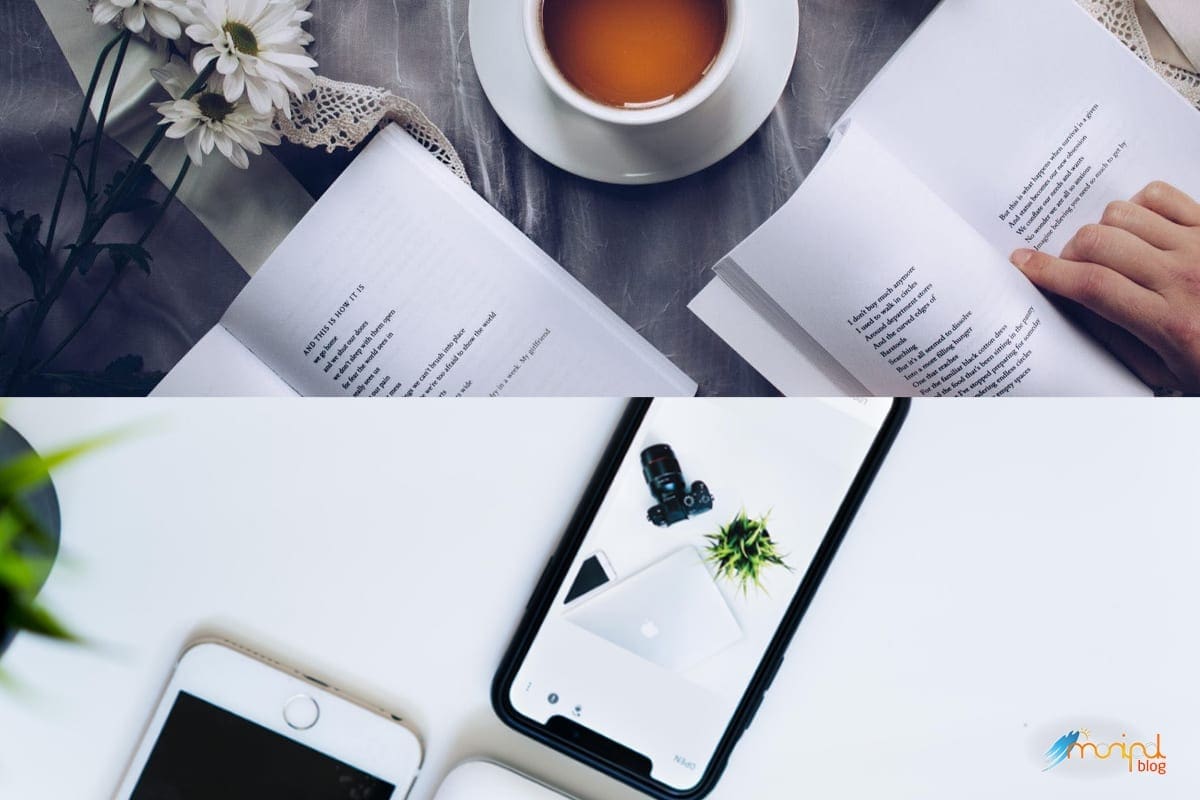

Poetry also went through a similar revolution; Before the Internet age, Poetry was primarily spread through spoken word and print, but because of this, the art form lost a lot of its essence over time as words got mistranslated or lost in conversation, and physical archives were ruined during wars. The digital revolution of poetry has not only saved it but also given it exposure to a broader audience.
Thanks to multimedia technology, you have the decades worth of content at your disposal. Online publication also dramatically reduces the time it takes for content to reach an audience which helps the poet create content faster.
Unlike many other literary art forms, the art of poetry has thrived in the technological era due to many factors and has l poets the freedom to pursue their art as per their wishes.

Removing barriers
As print culture died down, and literary art forms took to the internet, artists overcame many physical barriers. They didn’t have to rely on getting approval from a publisher and didn’t have to spend money on resources to spread their message. Before the evolution of social media, poetry was written by hand or typed out and sent to publishing houses, which would only publish a very select few, robbing hundreds of people of a platform.
Thanks to social media, writers and poets were in full control of their medium and did not have to rely on an intermediate party to judge their writing as their quality as an artist was judged directly by their audience.
Social Media was an inclusive space, unlike olden day publishers, who often rejected poets based on personal preference and not their art. On the internet Poets can interact and learn the likes of their audience to curate better content and improve their brand, which could not have been possible with third parties like publishers involved.
The Digital Era also removes all time and content-based constraints on writers which used to be imposed by their publishers. Poets can now post at their convenience and post content that they relate to the most, without altering it to fit someone else’s narrative.
The closeness between artist and audience
By Posting Poetry on social media, the poet opens their avenues to many young minds and helps them craft stay relevant. Social Media has not only birthed many new poets but also given established poets remain in touch with their audience and keep them engaged.
Due to the direct contact between the audience and the artist, the artist can also use their platform to spread a message and educate their audience about something important to them. They can also talk to poets who have similar styles and opinions and create networks and collaborate with their peers
These days Poets also prefer social media sites like Instagram, and Tumblr and maintain an active social presence to draw readers’ attention. A perfect example of this is Indian-Canadian Poet Rupi Kaur, who shares her poems on her Instagram, which has over 4 million followers. She also uses the Instagram account to promote her tours, her poetry books, and even publishes exclusive content. She also publicizes her books on Instagram, which helps increase its sales (I bought her 2014 Poetry book ‘Milk and Honey’ after I saw her promoting its content on Instagram.)
Social media also helps the poet learn and understand the reactions of their audience, and help’s them, witness, firsthand, the impact their work has on those who consume it. This not only motivates the artist to create but also helps them alter their content to the likings of their audience, hence helping them gain a loyal following.
Emotional Reflection
Modern-day Social Media Poetry also acts as a mirror to society. Poets use this art form to make commentaries on current events, thus helping them educate their audience, and possibly provide them with a perspective different from their own. It arouses readers to think and sometimes even act on issues.
But on the contrary, Poetry also acts as a sense of comfort to poets and readers alike. Publishing their poetry online not only helps poets vent but also gives their readers the reassurance that someone somewhere, albeit a stranger, understands them, and the idea that they could quickly contact their idol through social media relives the readers.
These days there are many Instagram pages and blogs that publish your poems free of cost, which helps artists reach a broad audience before even becoming famous, which helps them improve their skills.
But at the end of the day, it does not matter where your art gets published, as long as it gets it’s message across to your audience because what matters is your message, not your medium. And As Benjamin Zephaniah, a profound British Writer, who wrote popular shows like Peaky Blinders, says “The most important thing is to publish in people’s hearts – and there are many ways to someone’s heart.”

About the Author – Diya Is an 18-year-old, with a passion for music, writing, and watching the same five TV shows over and over again.

Be the first to comment